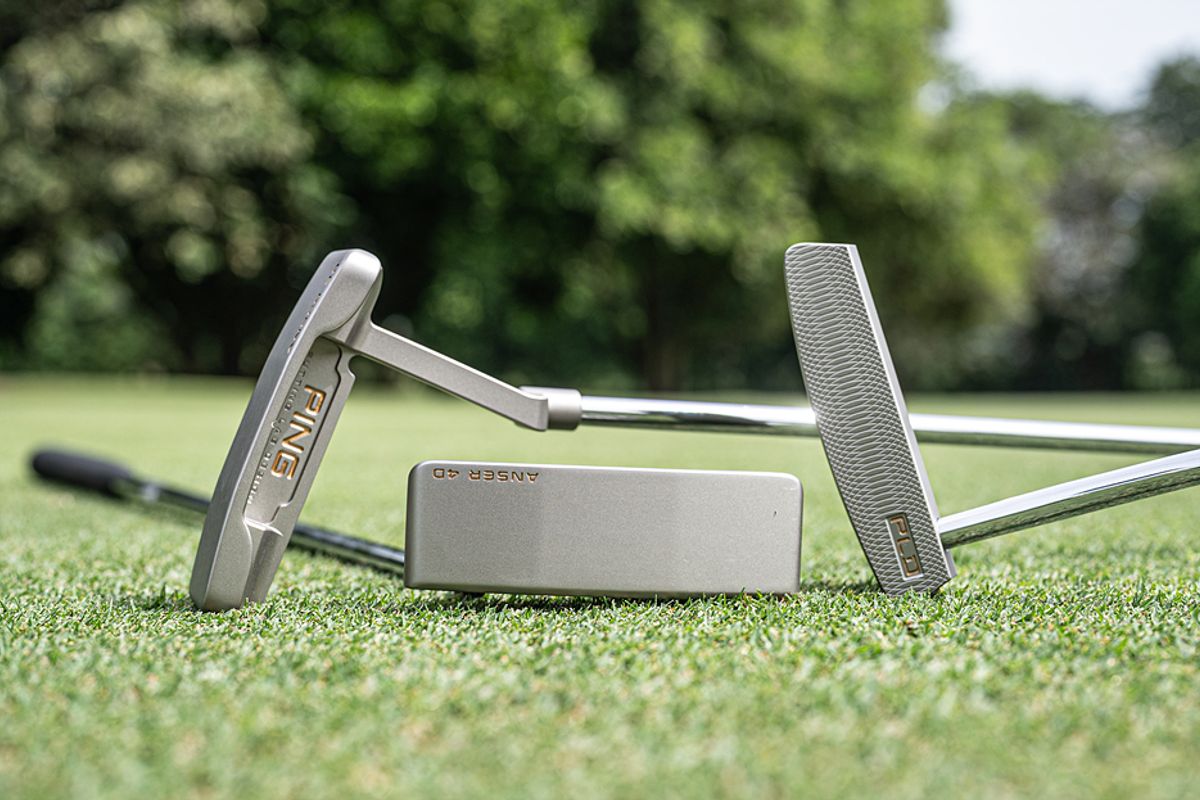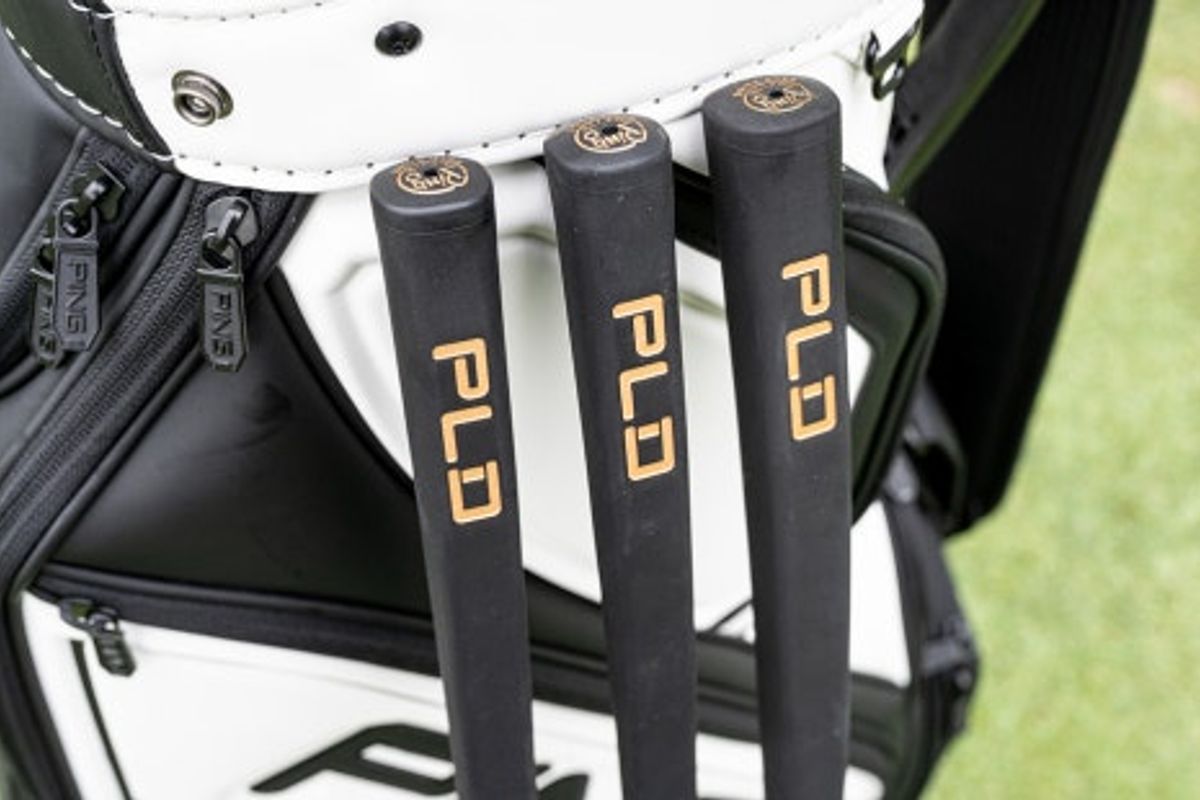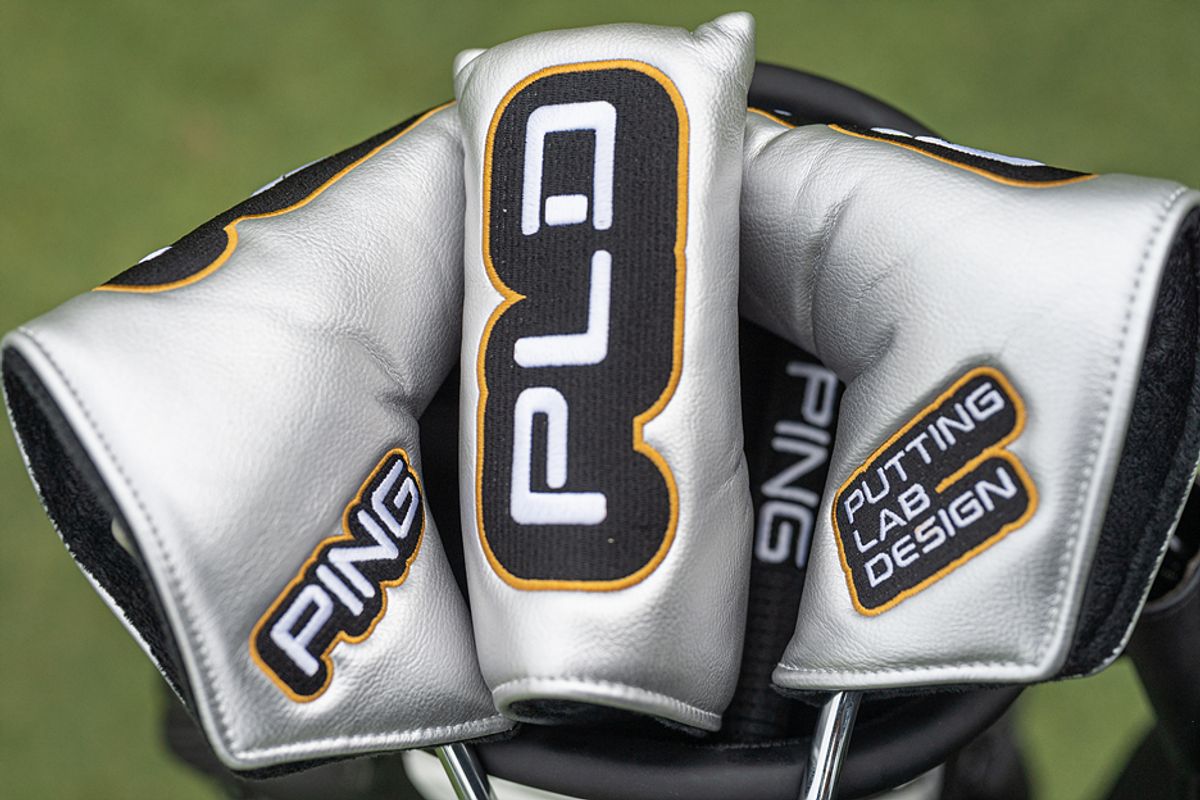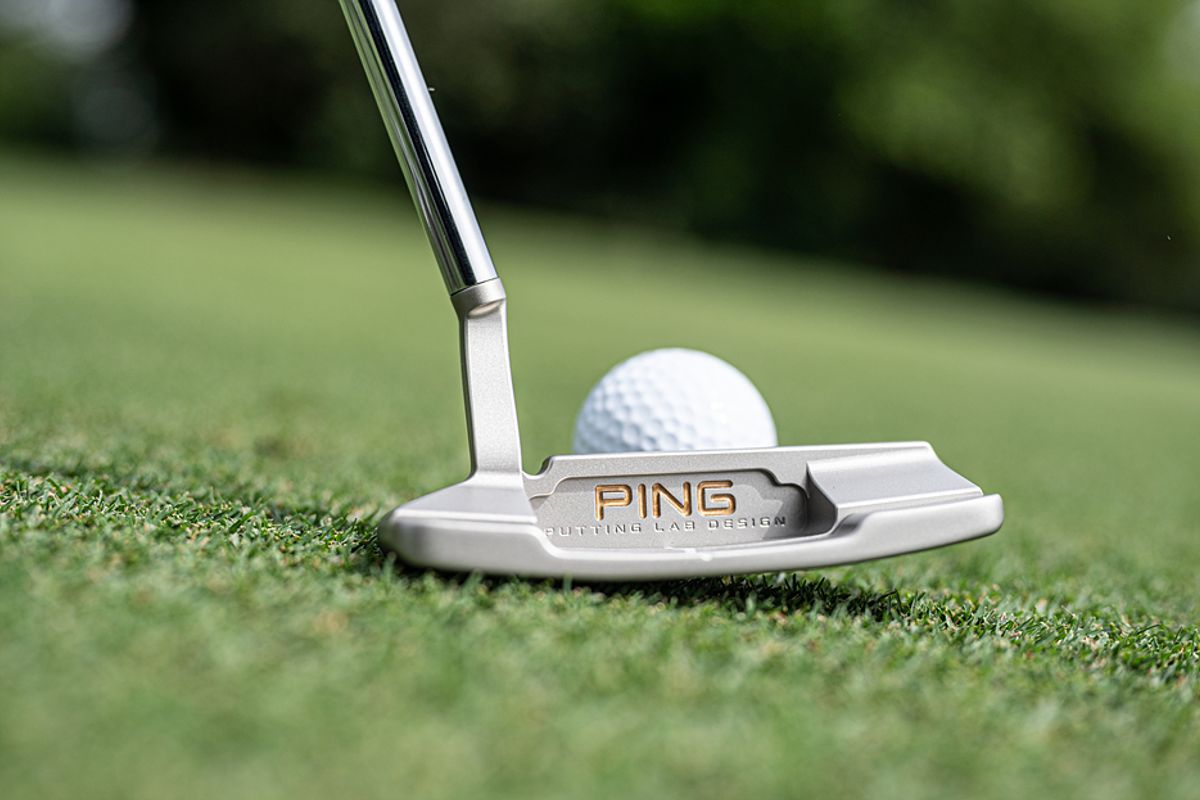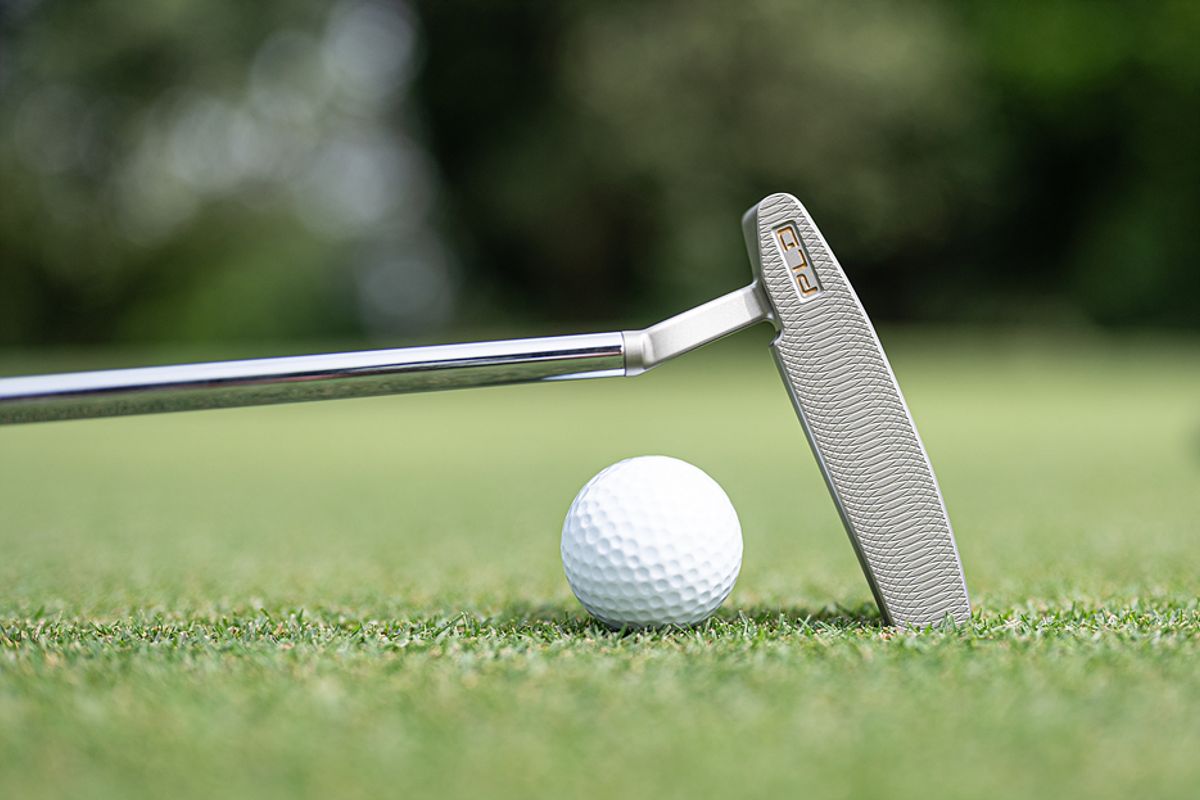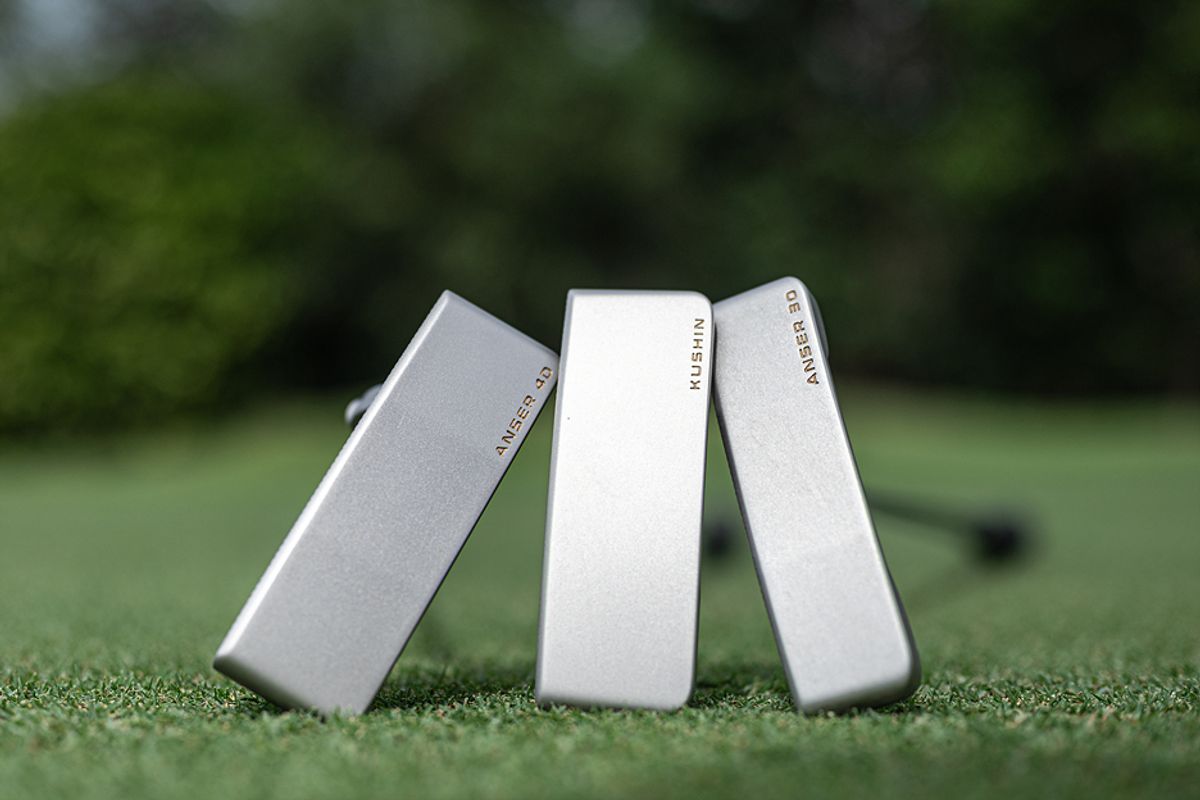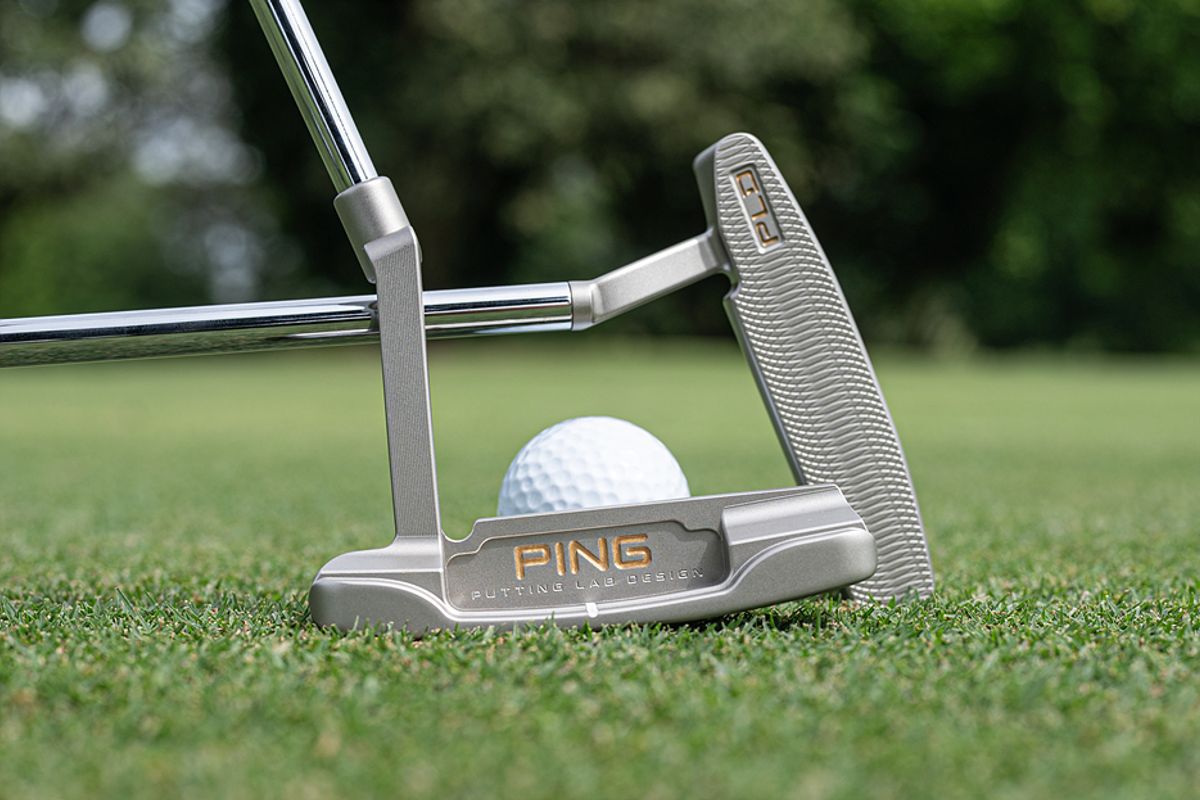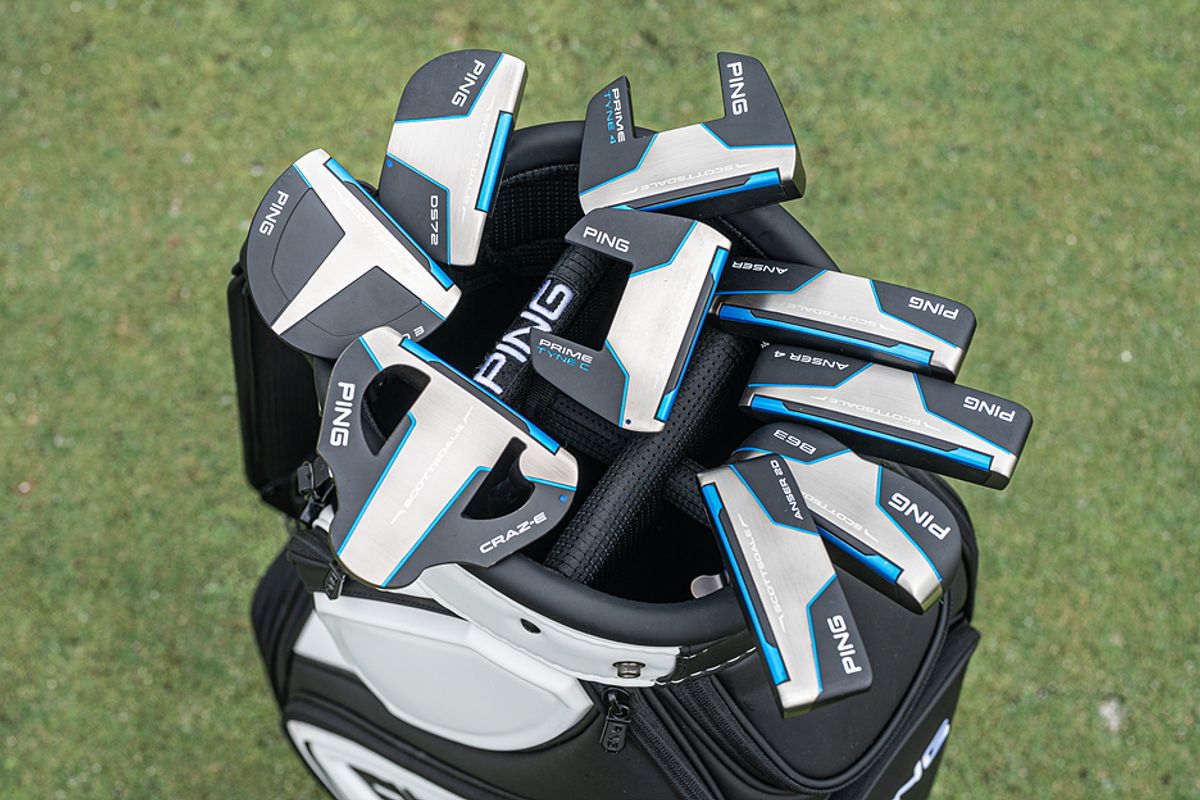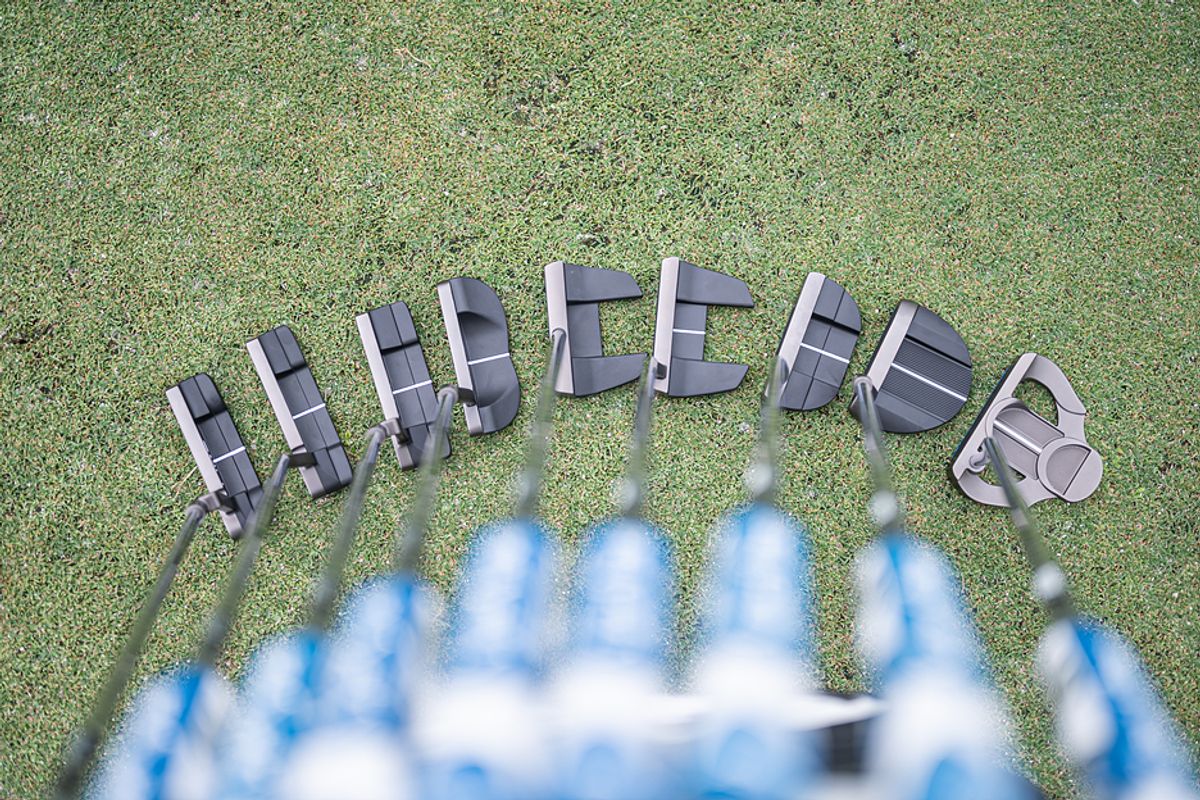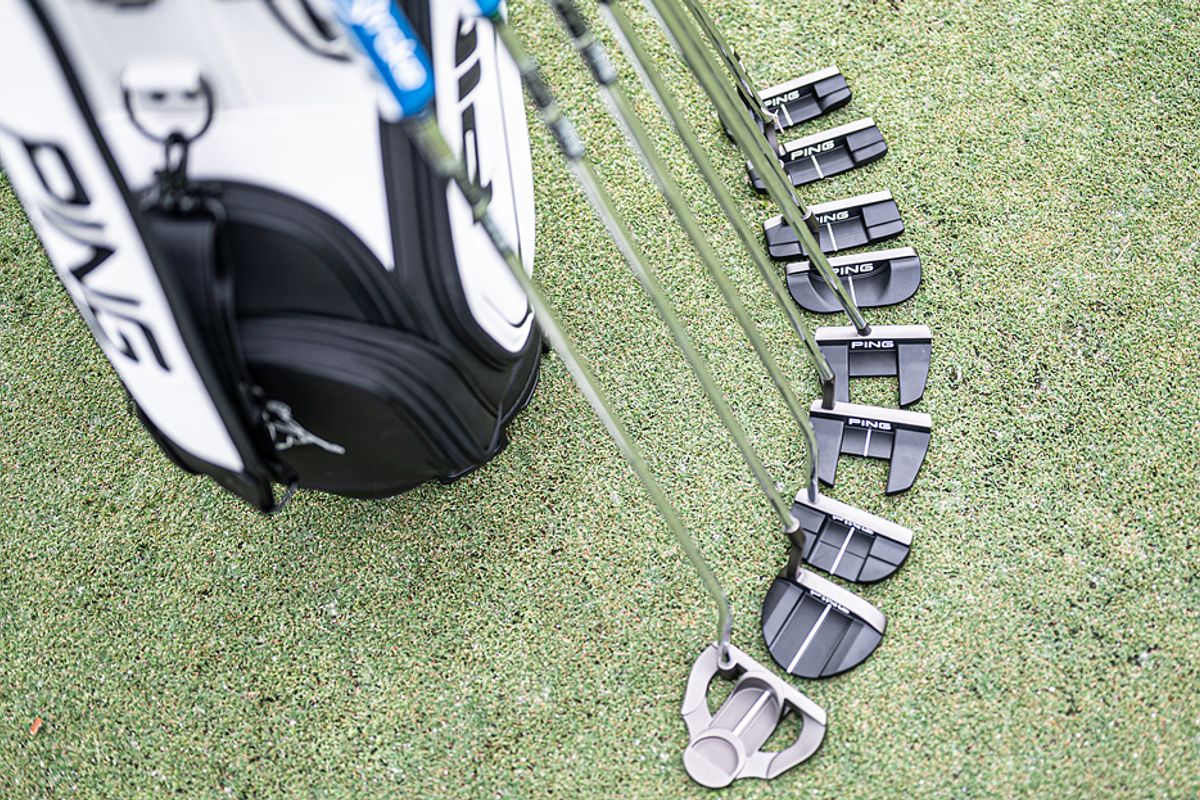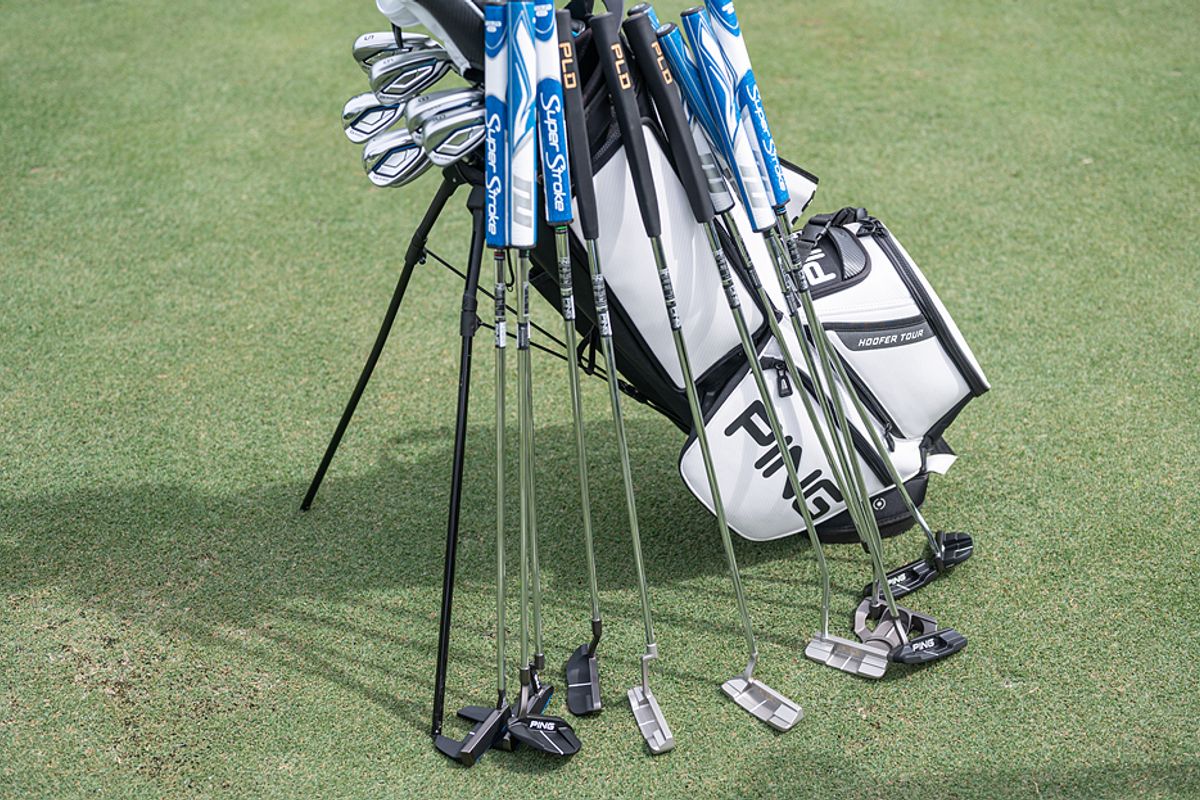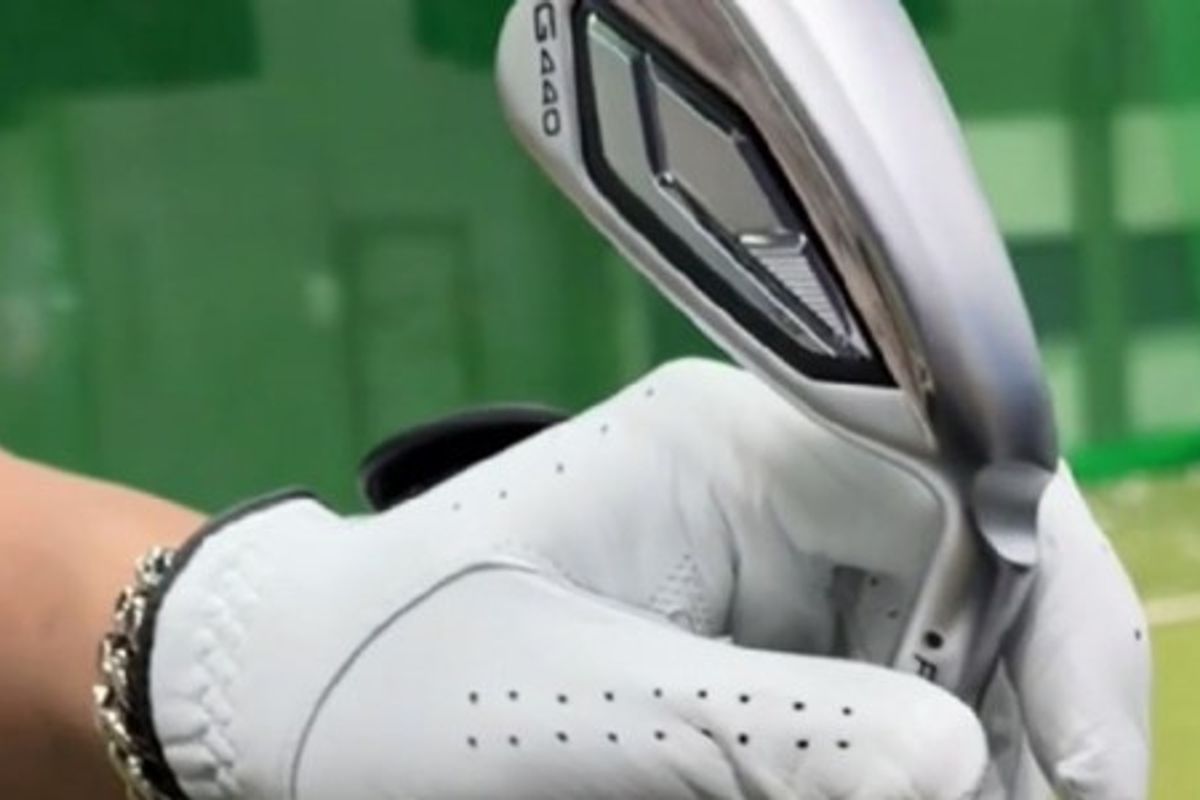If you love golf, you probably know that the golf club brand "PING" gained its fame primarily due to its putters. The Anser putter, which many consider the original blade putter, is a model that every golfer desires for its captivating sound at impact.
PING Golf emphasizes its putters through advertising copy that states, "Putters are money; putters are PING." While they have also gained popularity for their forgiving drivers, especially models like the G440 this year, putters remain their signature product!
Personally, I have the highest interest in PING's putters. Each year, they introduce new products, and this year, they unveiled the 2025 PLD lineup along with a new Scottsdale putter line.
First, let’s introduce the PLD (Putting Lab Design) putters. They include three models: the basic blade type, the Anser, the extended model Anser 4D, and the Kushin. Last year's lineup had more varieties, including mallet types, but this year features just these three models.
The PING PLD putters, validated on tour, focus on a high-quality lineup that relies on precisely milled 303 forged stainless steel rather than complicated technologies.
The most significant advantage of these putters is their appealing feel, which accurately reflects a golfer's experience and skill. This model is preferred by tour players rather than amateurs.
At first glance, all blade-type putters may seem the same, but the Anser 4D features a slightly longer back (cavity) section, incorporating the straightness and weight advantages of mallet putters.
The extended back makes it easier to align the putting line and provides stronger push power, which is advantageous for straight putts. However, unlike typical mallet types, the design ensures that control remains comfortable, maintaining the unique handling of blade putters.
Ultimately, a putter's success depends not only on sending the ball straight but also on the golfer's feel and skill, which vary based on the green's condition, slope, and speed. Therefore, it's difficult to say whether a blade or mallet is inherently more advantageous.
Instead, the PING Golf PLD putter focuses on delivering a good feel while allowing golfers to concentrate solely on putting.
A more casual line introduced in 2025 is the Scottsdale putter. Released in a total of nine models, it incorporates technologies like lightweight face inserts designed to create high forgiveness and a soft feel tailored to the diverse stroke types of golfers.
As a result, the putter head shapes vary significantly. While they include the basic blade type, the Scottsdale line focuses on mallet putters like the DS72, OSLO 3, and PLIME TUNE C.
Unlike the PLD, the Scottsdale putters feature the thick SuperStroke Tour 2.0 PT grip, and the black nickel finish with blue accents gives it a unique design identity.
Personally, I am curious about the mid-mallet DS72 putter. Recently, I borrowed a partner's putter during a few rounds, and despite its small head size, it provided a soft feel and impressive straightness.
I used to think that putters were all about blades, completely ignoring mallet putters. However, many famous players performing well on the PGA Tour currently use mallet types.
This suggests that mallet putters are indeed more user-friendly. Their performance is evident, too. Additionally, the new PEBAX face insert on the PING Golf Scottsdale putter feels even better than traditional steel putters.
Continuing
This post was created with a modest fee supported by the company.
